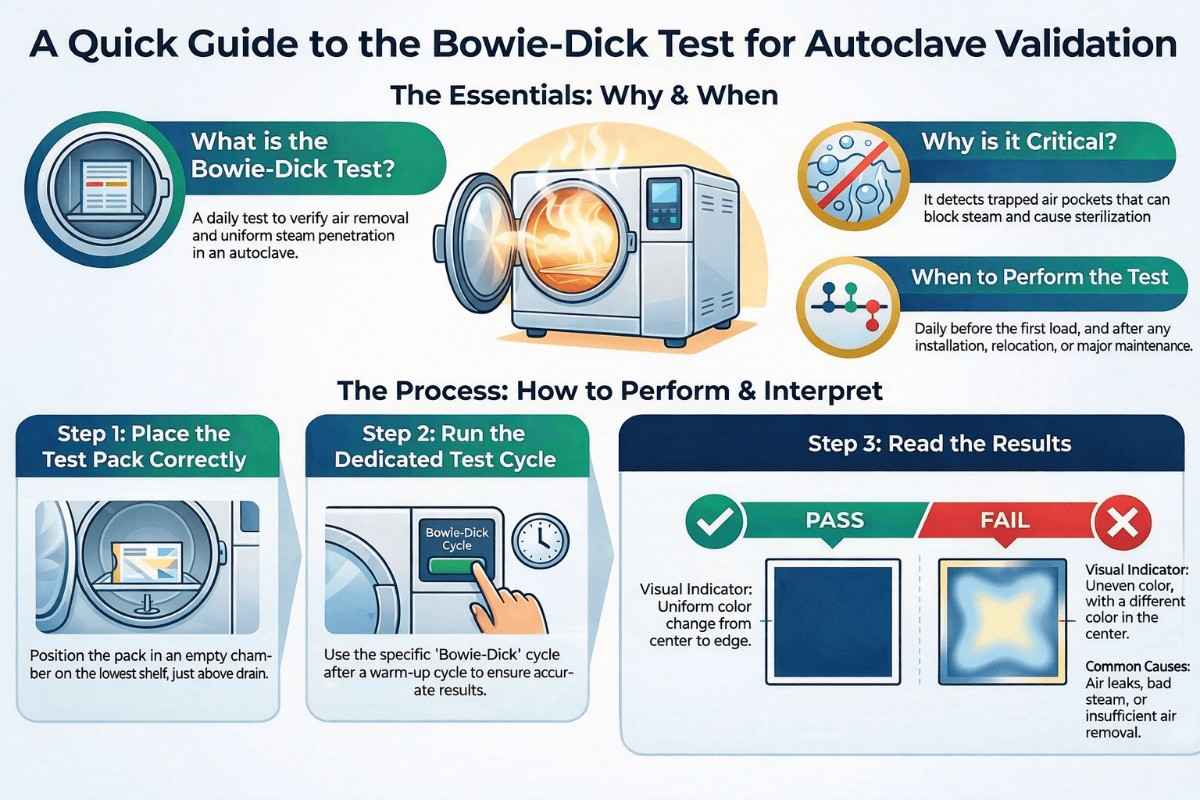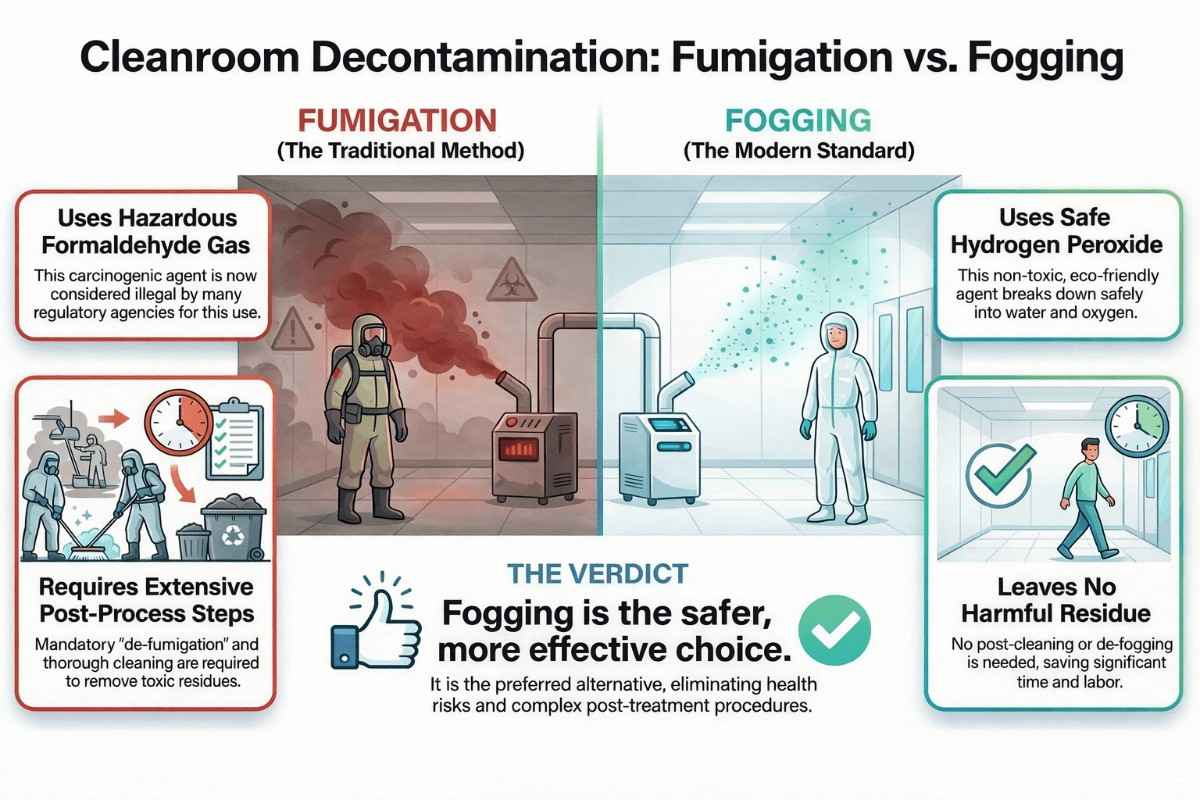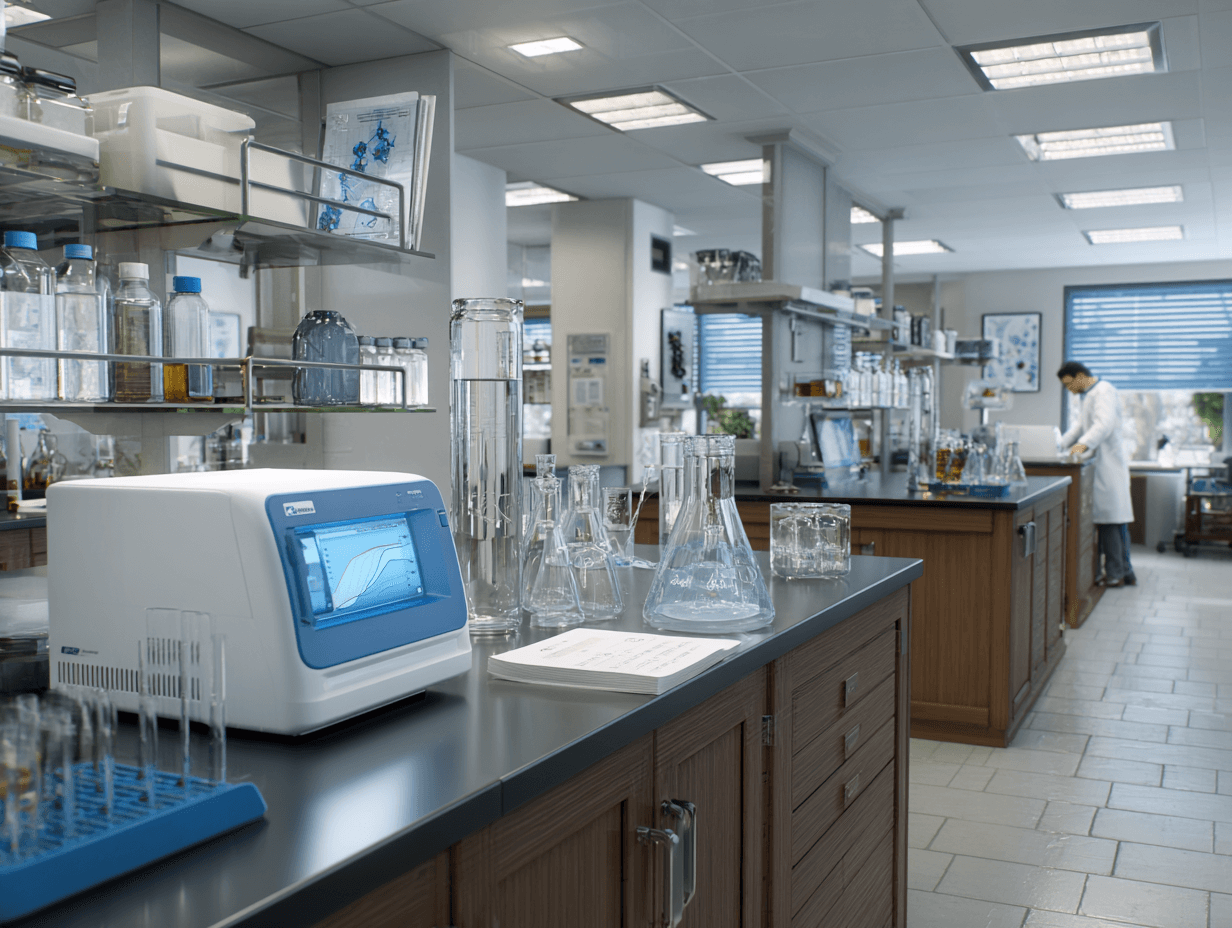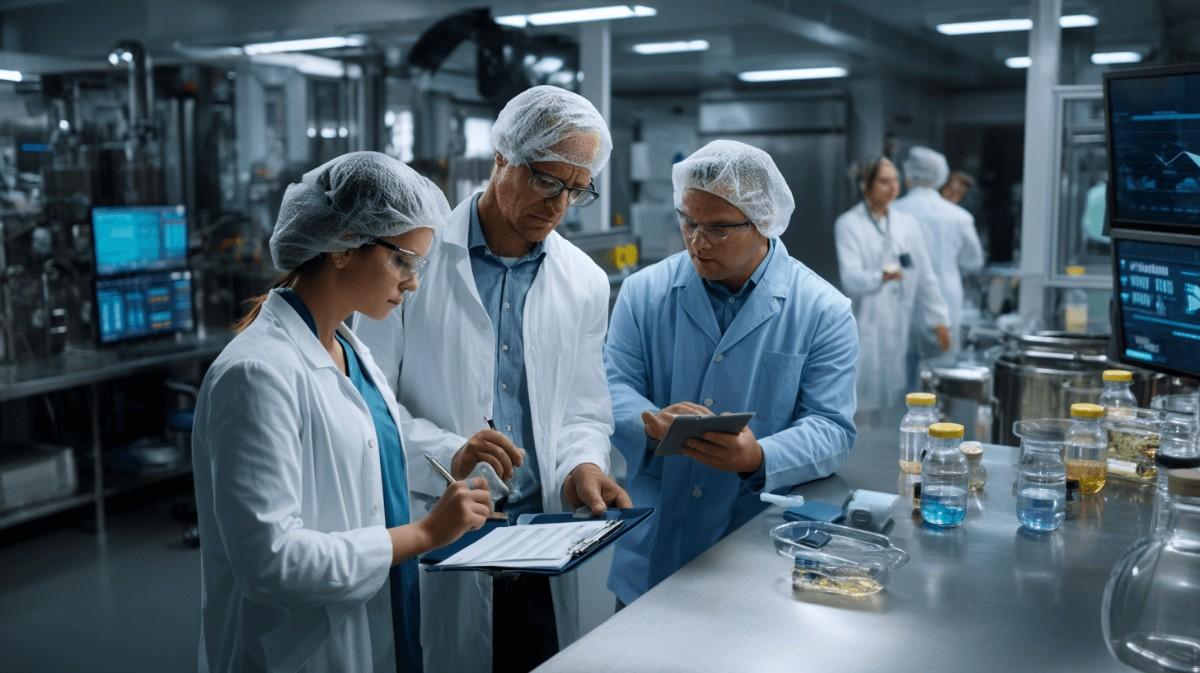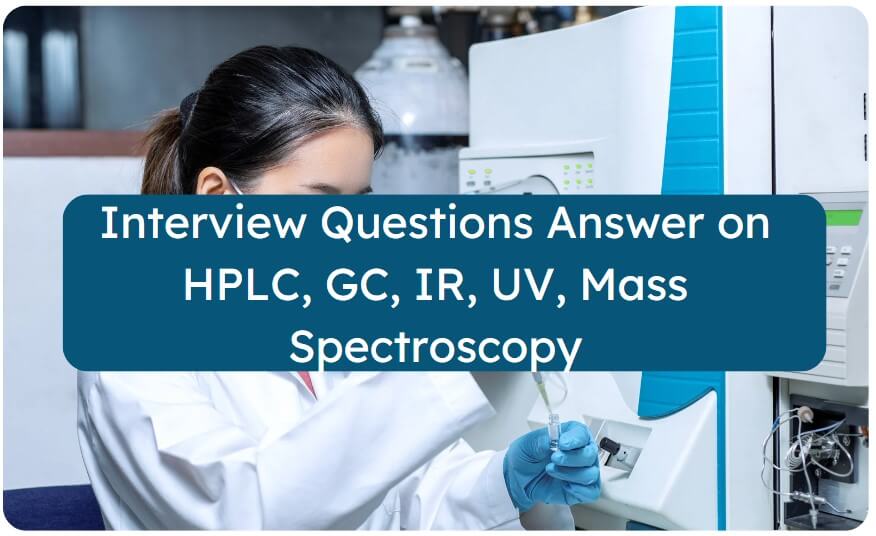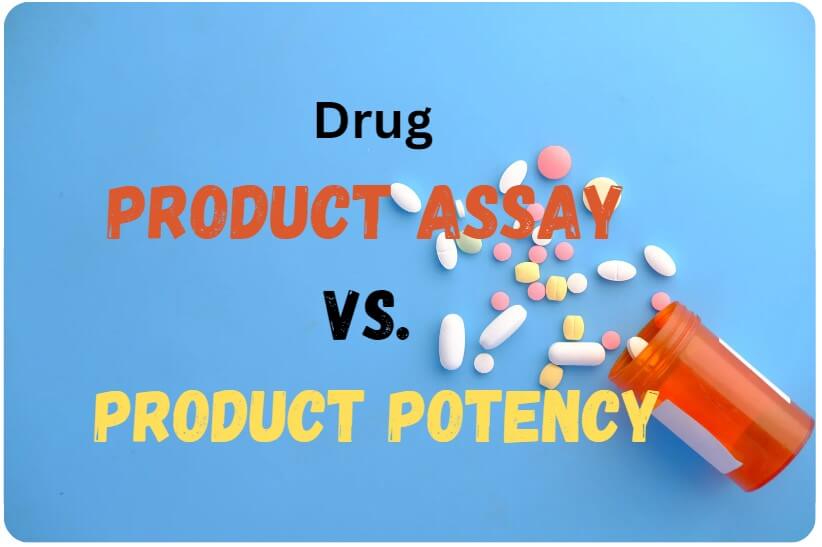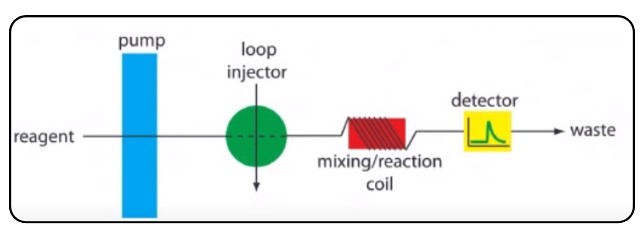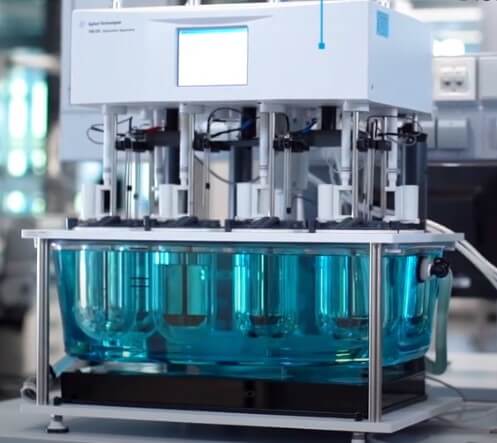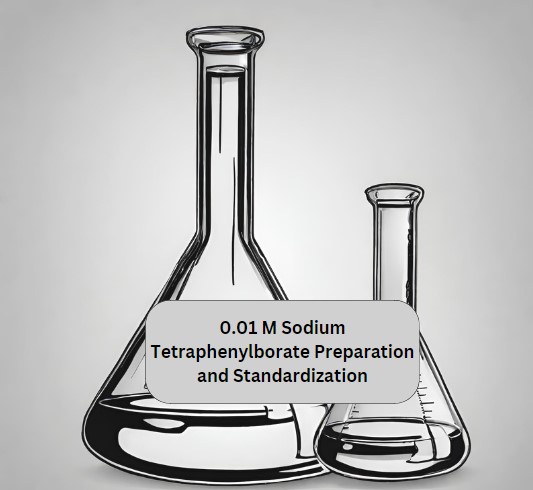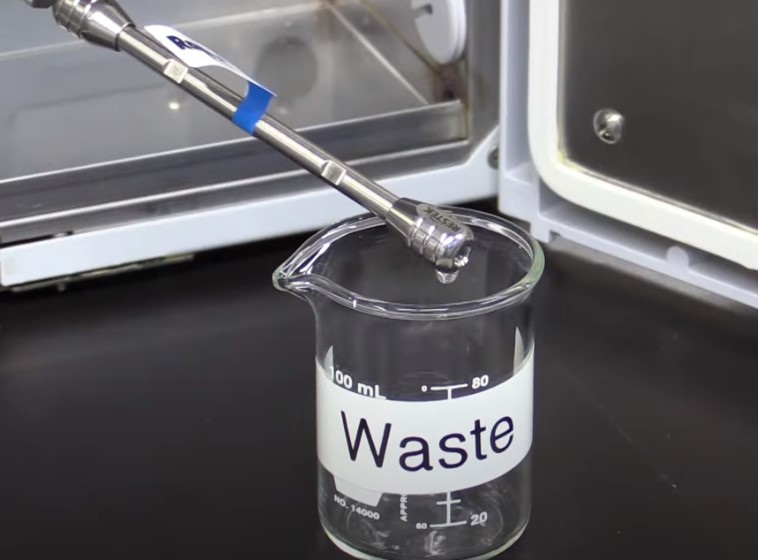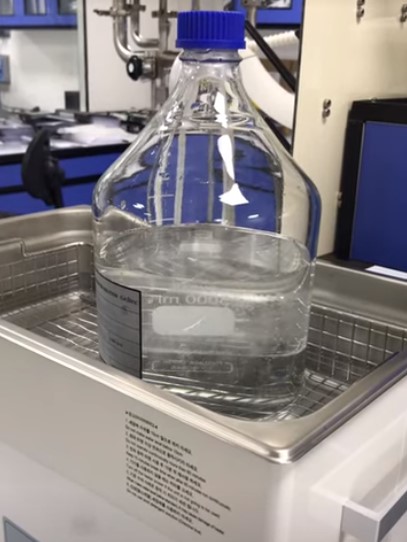Bowie Dick Test for Autoclave Validation
The penetration of steam into all parts of the autoclave is essential for achieving and maintaining effective sterilization. The Bowie–Dick test is performed to verify adequate air removal and uniform steam penetration within a pre-vacuum steam autoclave, using a standardized Bowie–Dick test pack. During sterilization, air pockets and non-condensable gases may remain trapped inside the … Read more

